The 2000 Education for All assessment revealed that the majority of schools in sub Saharan Africa possessed no library. The problem is even worse in the remote rural villages where textbooks and other learning resources are often lacking. According to Makotsi 2005, though Africa accounts for 12% of the world’s population, it produces merely 2% of the world’s books, barely sufficient to reduce literacy levels in its population.
The Ghana Library Board has 62 libraries throughout Ghana. According to GLB report, its facilities offer potential access to 25% of the population. This leaves 75% of the population with no potential access to libraries. Majority of rural village communities, including school children, fall within the 75% with no access to libraries. Community libraries in Ghana historically have provided the needed library access for communities where the GLB services are unavailable, however there remain majority of rural villages that have no access to library facilities.
This problem needs to be addressed if any progress towards the MDGs is to be achieved. Hia, a rural village in the Ashanti region, is no exception. A needs assessment visit to the village revealed that most of the children had no idea what a library is. None of the school children had used a library in their lifetime. Lack of access to books and other learning resources for the school children hinder their learning ability and limit their opportunities to broaden their horizon for personal and community development.
A community library will not only encourage a reading culture and improve literacy levels but will also serve as a resource center and vital information source for the community.


